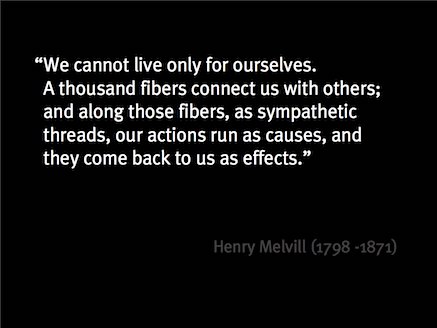Networking, at ICIS in Denmark

Hornbaek, Denmark
During the first week of October I spent several days teaching “Networking” as part of the Young Danish Designers’ Programme at the ICIS Centre north of Copenhagen. My classes focussed on networking, teamwork, and competence clusters—I particularly tried to provoke discussion regarding the significance of relationships, the importance of recognizing interconnectedness, and the value of the stability that patterns can provide (in a seemingly chaotic world). In addition to lectures, I led attendees in a team-based bridge-building workshop and the collective deconstruction of Fritjof Capra’s seminal movie, Mindwalk.
This particular module was one of a five-part programme “aimed at helping young design professionals develop skills and knowledge to meet the challenges of internationalization, globalization, networking, as well as the environmental, social and ethical demands of the designer of tomorrow.”
+ + + + +
There are many kinds of bridges.
There are bridges of the mind—
conceptual and philosophic bridges.
There are bridges of the heart—
bridges of love, bridges of friendship and of the spirit.
There are bridges of vision—
bridges to the future, bridges of hope and promise.
The building of a bridge begins—
not from one side, but from each side.
Flexibility is a must—a rigid bridge will not long endure.
Patience is a necessity—for to design a lasting structure
takes time. What makes the best foundation?
Where shall it be placed? Why?
Nations build bridges—forge spans to ideas, goods, people.
People build bridges—use bridges, are bridges to the future.
—a poem by architect Raymond Moriyama


